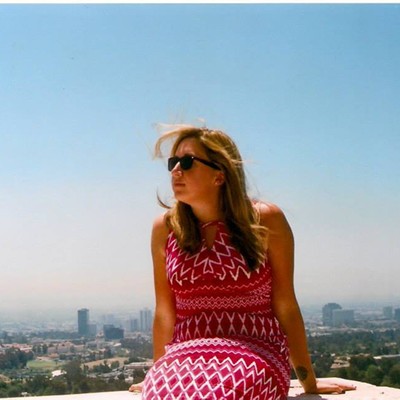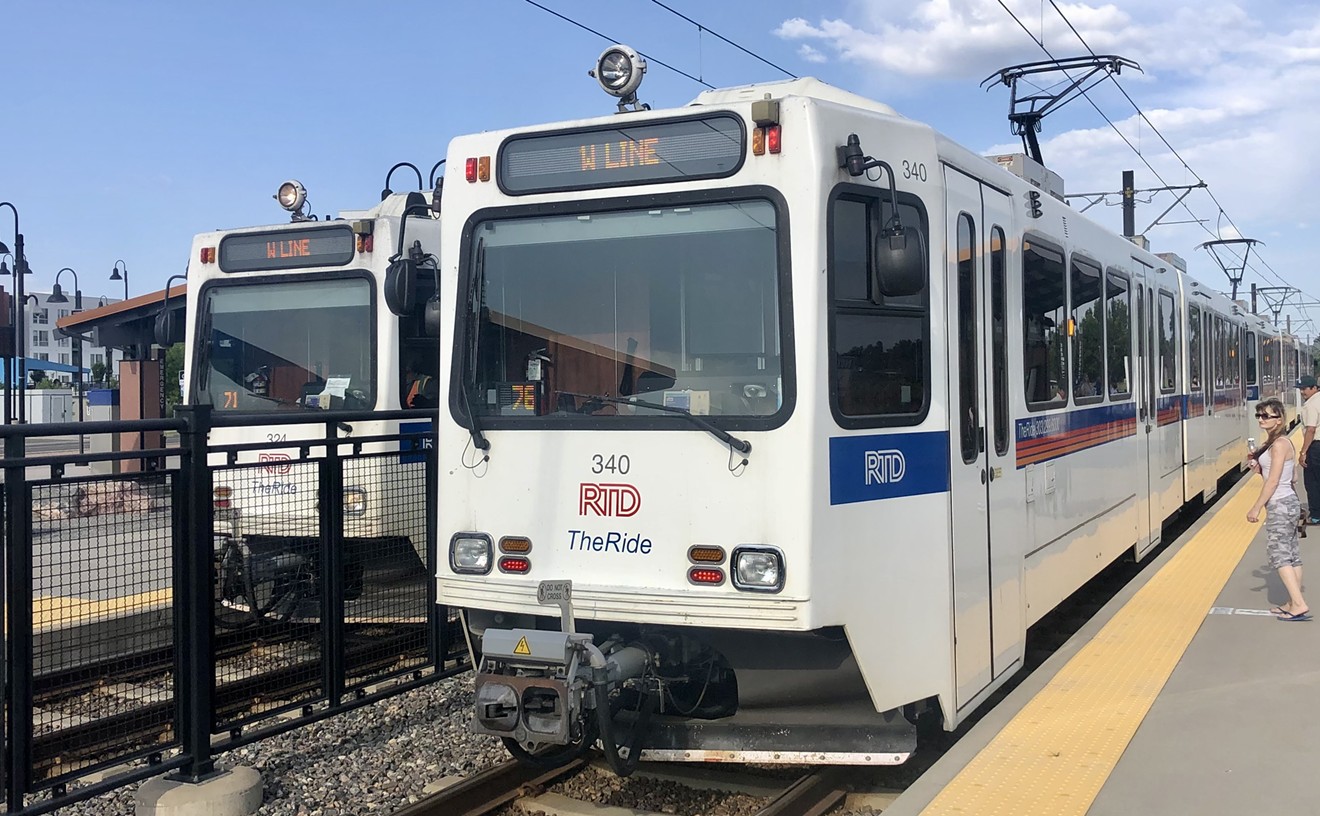In the nearly two months that Occupy Denver has called a single block of Broadway its ideological home, the group has seen more ups and downs than Colorado's fall thermometer. Before the protest marks its two-month anniversary on November 23, take a chronological look back at the occupation's best and worst moments.
• Occupy Denver held its first (and possibly messiest) general assembly on Friday, September 23. When protesters met in Lincoln Park across from the Capitol for the first time, they were immediately greeted by a state trooper who told them — without any ominous foreshadowing — that they could not stay on state property. One half remained on the grass while the other half moved to the sidewalk. In retrospect, it was a sign of things to come — but protest veteran Mel Van Nice called it "beautiful."
• The Thunderdome, the kitchen that has since been torn down and re-created six times, was the group's first institution, supported in those initial weeks by committees organized to protect and oversee a growing Occupy Denver population.
• October 7: Everyman rapper Lupe Fiasco stopped by the occupation with tents and parkas.
• On October 11, Governor John Hickenlooper made his first public announcement that the occupation would not be allowed to continue on state property.
• Hickenlooper stayed true to his word. From 3 a.m. until roughly 6 a.m. on the morning of October 14, police arrested the first 24 protesters. Most were taken in on charges of unlawful conduct on state property, though protester and medical marijuana activist Corey Donahue, in a telltale twist of fate, earned an additional charge of resisting arrest.
• On October 15, there were an additional 26 arrests — adding up to 50 pleas of "not guilty" echoing in front of a judge over two days. (Donahue also added a charge of unlawful sexual conduct: "a bad nut-tap joke gone wrong," he explained.) The back-to-back altercations included the first instances of pepper spray and police batons used on protesters, and the Colorado State Patrol closed Lincoln Park to protesters on a permanent basis. The cost to the Denver police and sheriff's departments: $365,000.
• The protesters moved to Civic Center Park, where on October 18 the sprinklers were turned on while they slept. It was cold. The same day, protesters scheduled a meeting with Mayor Michael Hancock, which went approximately nowhere.
• October 19: Occupy Colorado Springs held a candlelight vigil to discuss the violence at Occupy Denver. The action gained attention outside of Colorado, too: The Daily Beast named Denver "The Angriest City in America," thanks to both Occupy Denver and Tea Party protests.
• On October 20, concerned that agent provocateurs were distracting and damaging the gathering, an Occupy Denver general assembly voted to ban its first protester, a woman named Molly, from all group activities.
• Misunderstandings between police and protesters grew tense on October 25, when officers descended on the camp and took down a cardboard structure. The city's no-structures rule was soon reconfirmed when an igloo was bulldozed, after protester Stephen Lidanne was arrested (for the first time) inside of it.
• October 26: Five occupiers were hospitalized for symptoms relating to the season's first snowstorm.
• Later that week, police arrested 21 protesters during an altercation involving more than 40 police vehicles and 200 police officers in riot gear. The night of October 29 was the most brutal to date: Phillip Becerra was shot in the face with pepper balls, while 21-year-old Andrew Cleres was shot out of a tree. The police launched two investigations for felony assault on a police officer.
• October 31: After protesters made an aborted attempt to occupy the Denver City and County Building on Halloween night, 21 police cars monitored Occupy Denver.
• On November 1, the Colorado chapter of the American Civil Liberties Union started an investigation of the constitutionality and safety of police action at Occupy Denver.
• On November 3, filmmaker Michael Moore visited Civic Center Park.
• November 6: Occupy Denver elected its first leader (of a leaderless movement): Shelby, a three-and-a-half-year-old Border collie mix who filed a request to meet with Governor Hickenlooper two days later, during the group's first attempt to occupy the governor's office — an effort that has continued periodically.
• On November 12, the largest police presence yet descended on the protesters. More than 200 officers arrived in riot gear, armed with pepper spray and batons, to remove three tents and any encumbrances the group had created on the sidewalk. Between November 12 and 13, 23 protesters were arrested and burdened with the highest bond rate yet: $750 is the minimum.
• November 24: Occupy Denver is calling for Thanksgiving Day to be a "Night of 1,000 Tents" — a day full of music, food and, most important, tents.











